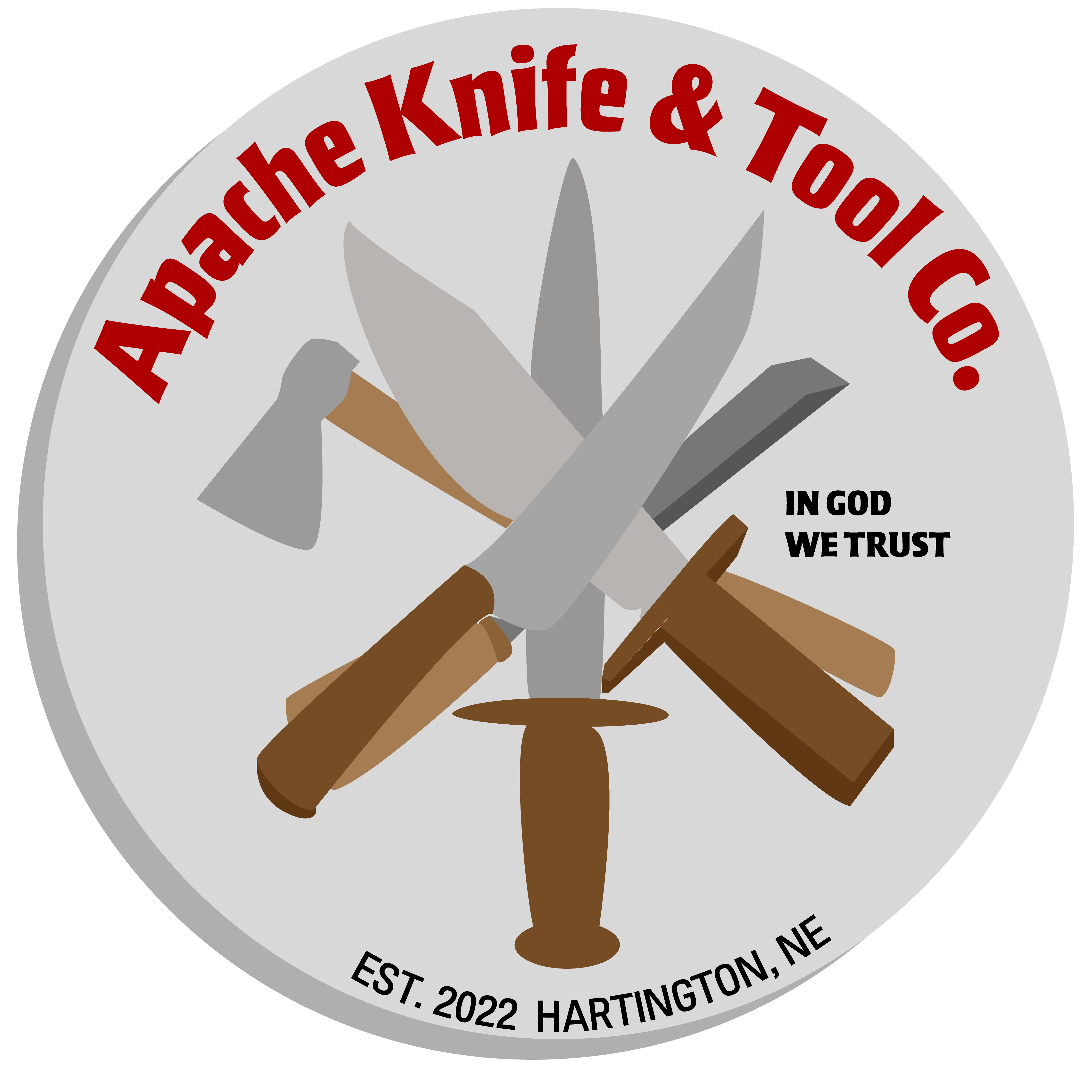Hand Sharpening Knives and Tools to make the world a better place.
Okay, that’s a rather tall order, but could it? What matters first and foremost– does it make your world a better place? Will you save money, time, and hassles if your knives and tools are cared for by a Master Tool Grinder?
Which leads me to the next question: What is a Master Tool Grinder?
Those who operate the machinery today are hired to operate a machine that automates the approach to sharpening the blade. What they don’t do is eyeball the geometry of the blade, marry it up to the function of the tool as used by the owner, and then file it down using the process I described in the sharpening process article. There is no room in the automated process for this part. In fact, if you do a search for tool grinders, you are more apt to find tools for sale that allow you to grind the tool. What they don’t tell you is that the burr—that thing that makes your knife dull—is not removed properly. Over time, you lose a lot of metal and your knife is just never the way it was when you purchased it.
Having been trained by WWII veterans almost 40 years ago, artisans really, I learned how to produce a signature grind on any blade I sharpen. I am grateful they came around, but they made me work for it. I was a skinny punk kid who was given the opportunity to learn a high value, specialized skill.
Some might think “Master tool grinder” is a made-up job title, but it really was a common job title in the middle of the last century. Okay, I’m not that old! By the time the early 80s rolled around, not too many people were learning from the WWII vets anymore.
The art has been on the endangered profession list for yes, almost 40 years as industry has marched forward with the cheaper, faster, “good enough” mantra at the expense of quality outcomes. (This actually gave me a huge professional advantage in aerospace manufacturing.)
The art is making a comeback and I am happy to see it. We need more skilled tool grinders who can protect the health and well-being of the tools we love. I don’t know about you, but I hate saying goodbye to a great knife or tool at the end of its life. It also really bothers me when a once good tool is not performing as it once did. This attitude was part and parcel of those crusty old vets’ training. Perhaps coming up through the depression where waste was not an option, they couldn’t imagine doing it any other way.
So why use an old method requiring such attention to detail? As mentioned earlier, the human component is necessary to remove the burr completely with as little loss of metal as possible. The automated machine can only be programmed to apply a generalized geometric grind to your tool – resulting in less precision and shorter life span of the tool or blade. So that burr never really gets removed properly. Its presence requires that your blade needs more frequent sharpening over time, removing more metal than necessary without ever giving you the quality edge you paid for when you bought that blade. A trained tool grinder can analyze the way you are using the blade. What?! Yes, that’s right. For some tools, that is very relevant. You have your style and the tool has a function. A tailored approach to sharpening the blade will also enhance performance and lifespan.
If I haven’t made it obvious, let me be clear: I enjoy working with metal – creating and fixing tools, sharpening blades and knives. Functionality is key. Every hobby I’ve ever explored, every position I’ve ever held involves tools with a blade: quality, creation, and repair. I treat every knife and tool I work on as if it were my own.
Imagine, if you will, a world where your tools work better for you… inner peace will be yours for at least a moment… making the world a better place. And isn’t that a great place to start?
